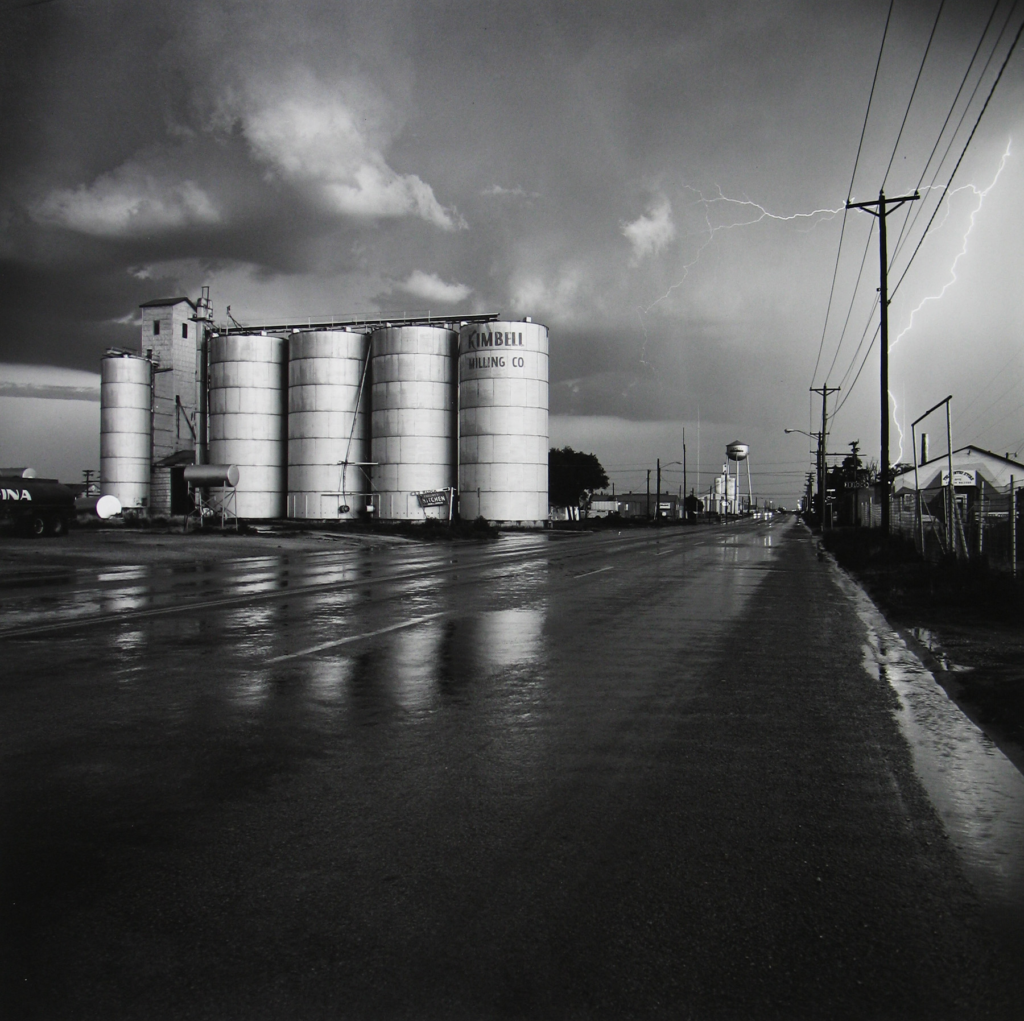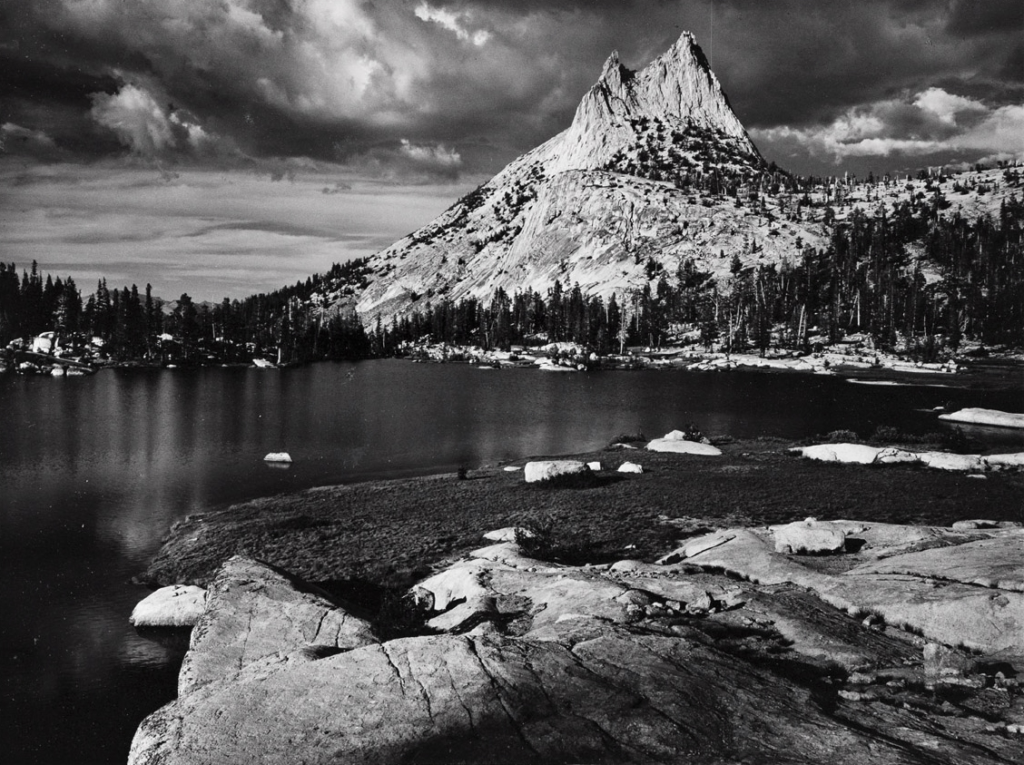What is The New Topographics?

Being a term coined by William Jenkins in 1975 to describe a group of American photographers, such as Robert Adams, Lewis Baltz and Frank Gohlke. The New Topographics consisted of mainly black and white prints of urban altered landscapes, taken together, their photographs, formed a shared aesthetic of banal appearance.
(Robert Adams – “The place we live”)

(Lewis Baltz – “New Topographics: Photographs of a man altered landscape”)

(Frank Gohlke – “Grain Elevator and Lightning Flash, Lamesa Texas, 1975”)

What was the ‘New Topographics’ a reaction to?
Being a reaction to the rapid cases of urban sprawl across America, it showed the oddly fascinating topography of areas usually perceived as mundane locations. This consisted of large urbanised towns, industrial sites and more. Not only capturing the reflection of an increasingly urbanising country, it also served as a reaction to the more common and idealised landscape photography of natural and elemental landscapes, like such as artists as Ansel Adams.
(Ansel Adams, Cathedral Peak and Lake, Yosemite National Park, California)

birthed in the 1970s, the ‘New Topographics’ sprouted from a struggling post-war America. After the second world war, Soldiers had returned home to their wives and got busy creating the Baby-boom generation. In this time period of America the countries birth rate increased massively from 1955 to 1964 nearly 42 million had been born.
After this in the 1970s, many of these baby boomer now had grown into young adults. More homes were needed to accommodate these adults and their new families and as a result, America saw a rapid increase in homes and suburbia. Another problem post-war was the challenges with the economy, inflation and labour unrest. If there was a sudden collapse in price and wage control, many feared it would lead to inflation of prices.

